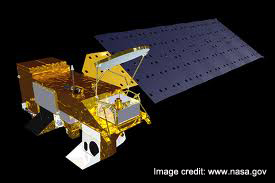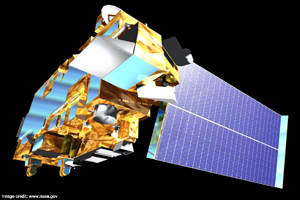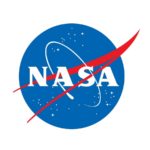Atmosphere-Ocean Interactions
The Madden-Julian Oscillation (MJO) is the major fluctuation in tropical weather on weekly to monthly timescales. The MJO can be characterized as eastward intraseasonal oscillations of cloud and rainfall near the equator. It is established by large-scale changes in atmospheric circulation, convection, and thermodynamic processes that are said to have influences on monsoons, flooding, droughts, wildfires, and tropical storms. The significant impacts and potential predictability of the MJO have made it an ideal target for the modeling community as attempts are made to bridge the weather to climate continuum.
Working with the NASA Terra/Aqua Project Science Teams we are using a suite of Aqua and complementary satellite sensors with in situ oceanographic data over a ten-year period (2002-2012) to investigate specific questions with the goal to support observation-based, improved understanding of the Madden-Julian Oscillation MJO during the recharge/suppressed phase. We address topics including:
- The role of individual cloud regimes in supporting preconditioning through moistening of the atmosphere and changes in cloud-radiative effects
- The characterization of intraseasonal sea surface temperature variability impacts on atmospheric destabilization processes, cloud regime characteristics, and association to upper ocean warming
- The role of prevalent suppressed-phase induced diurnal warming in affecting atmospheric boundary layer evolution, cloud regimes, and ocean mixing
Our analyses will make use of uniquely defined cloud regimes to provide an enhanced compositing technique that enables the identification of systematic connections between different cloud regimes and the larger scale environment suitable for testing analogous relationships in a modeling framework. It is expected these targeted analyses will provide new insights regarding how atmosphere-ocean interactions impact the initiation and development of the MJO.

Aqua

Terra
Funding Agencies
The National Aeronautics and Space Administration funded this research.
